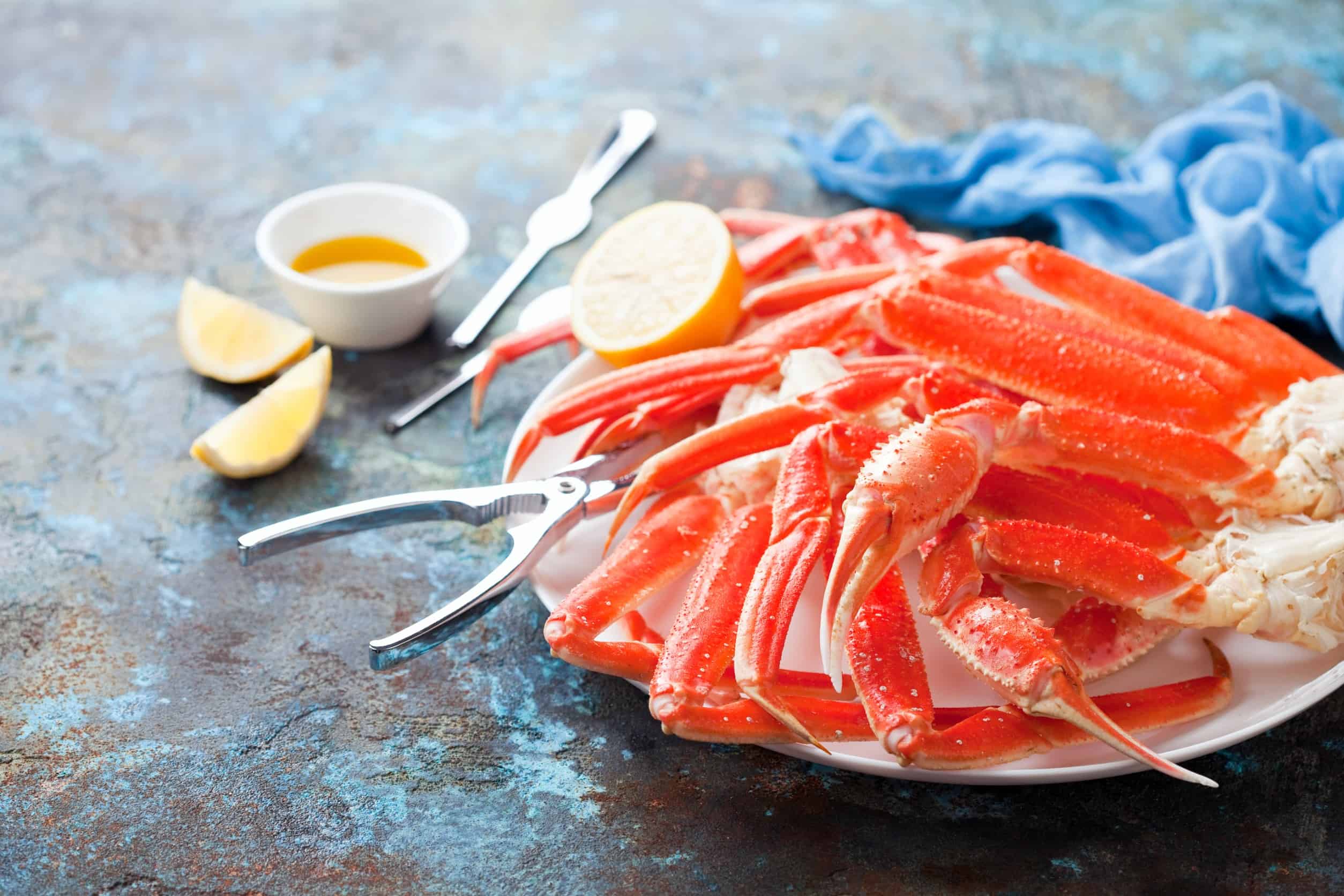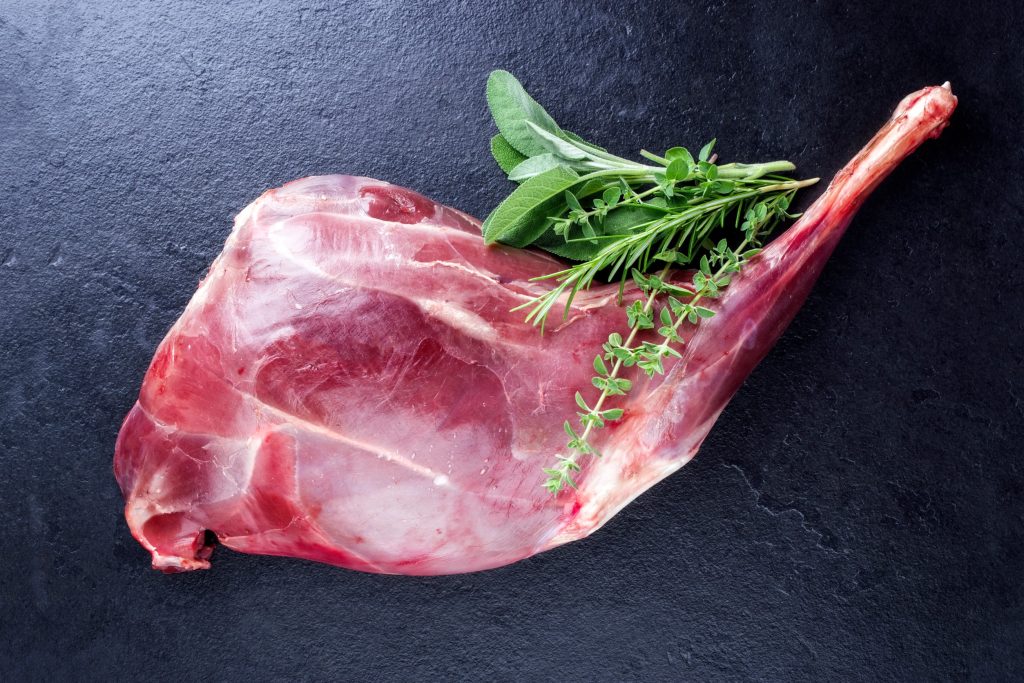Crab legs are a delicious and popular seafood delicacy that can be enjoyed in a variety of ways. But like other seafood items, they can spoil quickly if not stored properly. That’s why it’s incredibly important to know how long crab legs last in the fridge to make sure that they are still safe and tasty to eat.
According to the U.S. Department of Agriculture, raw crab legs can be stored in the fridge for only about a day or two. If your crab legs are cooked, they can last for up to 4 days inside the refrigerator.
But when they are frozen at a temperature of 0 °F (-17.8 °C) or less, crab legs can last anywhere between 3 and 12 months. Just keep in mind that their flavor and texture will degrade the longer they are kept in storage.
This article will provide you with a comprehensive guide on how to store your crab legs in the fridge to ensure that they will remain fresh and safe for consumption for as long as possible. So whether you’re a fan of crab legs or just looking to store them in the fridge for later use, we’ve got you covered.
How to Store Crab Legs in the Fridge

The last thing you want to see when you open up your fridge is to find that your crab legs have gone stale. As such, it is important to follow guidelines when storing them in the refrigerator to ensure that your money won’t go to waste.
1. Keep Your Crab Legs in their Original Packaging
If the crab legs you bought from the supermarket came in a vacuum-sealed pack or container, it’s best to keep them in that original packaging up until a few hours before cooking.
Commercial packaging is specifically designed to keep out the air and moisture from your crab legs so they won’t get freezer-burned. As such, there is no real need to transfer them to another container as long as the product remains properly sealed.
All that you have to do is simply place the unopened packaging in the coldest part of your fridge, such as the back or the bottom shelf.
Just make sure to keep them away from other foods that may have strong odors as well.
2. Wrap Crab Legs in Plastic Wrap or Aluminum Foil
Once the original packaging of your crab legs has been damaged or opened, you should wrap them tightly in plastic wrap or aluminum foil to prevent freezer burn.
Make the wrap as tight as possible so there will be as little air and moisture inside it. Afterward, label the wrapped crab legs with the date of storage, so you can keep track of when they were stored.
3. Storing Crab Legs in an Airtight Container
Alternatively, you can also store your crab legs in an airtight container, such as a Tupperware. If you happen to find any that are just the appropriate size for your crab legs, you avoid any unnecessary air pockets.
Regardless of the container you use, the only way to ensure maximum freshness is to cook your crab legs within a day or two of freezing or purchasing them.
Signs that Crab Legs Have Gone Bad

If you accidentally left the crab legs out of the fridge for more than two hours or weren’t able to store them properly, there is a good chance that they have already started to spoil. Here are some signs to look for that indicate your crab legs have gone bad:
Smell
Fresh crab meat should have a mild, slightly salty smell. So once your crab legs have a strong fishy odor, it could be an indication that they have gone bad.
If the crab legs do not smell fishy but have a slightly different smell than normal, they may have picked up the odor of other foods in the refrigerator.
In this case, it is still safe to consume, but the absorbed odor could have also affected its taste.
Appearance
The color of fresh crab legs should be a bright, translucent white. If the meat appears discolored or has a yellowish or greenish tinge, you may have to throw it away in the trash.
Texture
If you defrost the crab legs and they feel mushy or slimy, it could be a sign that they are already spoiled. Fresh crab meat should have a firm but slightly springy texture.
Risks of Eating Spoiled Crab Legs
Consuming crab legs that contain high levels of ammonia can cause food poisoning symptoms like nausea, vomiting, diarrhea, and stomach cramps.
These symptoms may appear anywhere from a couple of hours to a few days after consuming contaminated crab meat.
In severe cases, it can also cause dehydration and other complications that may require medical attention. As such, it is extremely important to always check for signs of spoilage before consuming crab legs or any other kind of seafood product.
Final Thoughts
There are a lot of delicious dishes you can make with crab legs. But because they tend to spoil quickly, you would have to store them properly in the refrigerator to ensure their freshness and quality.
By following the guidelines outlined in this article, you can extend the shelf life of your crab legs for as long as possible, allowing you to enjoy them at your leisure without worrying about your safety.

